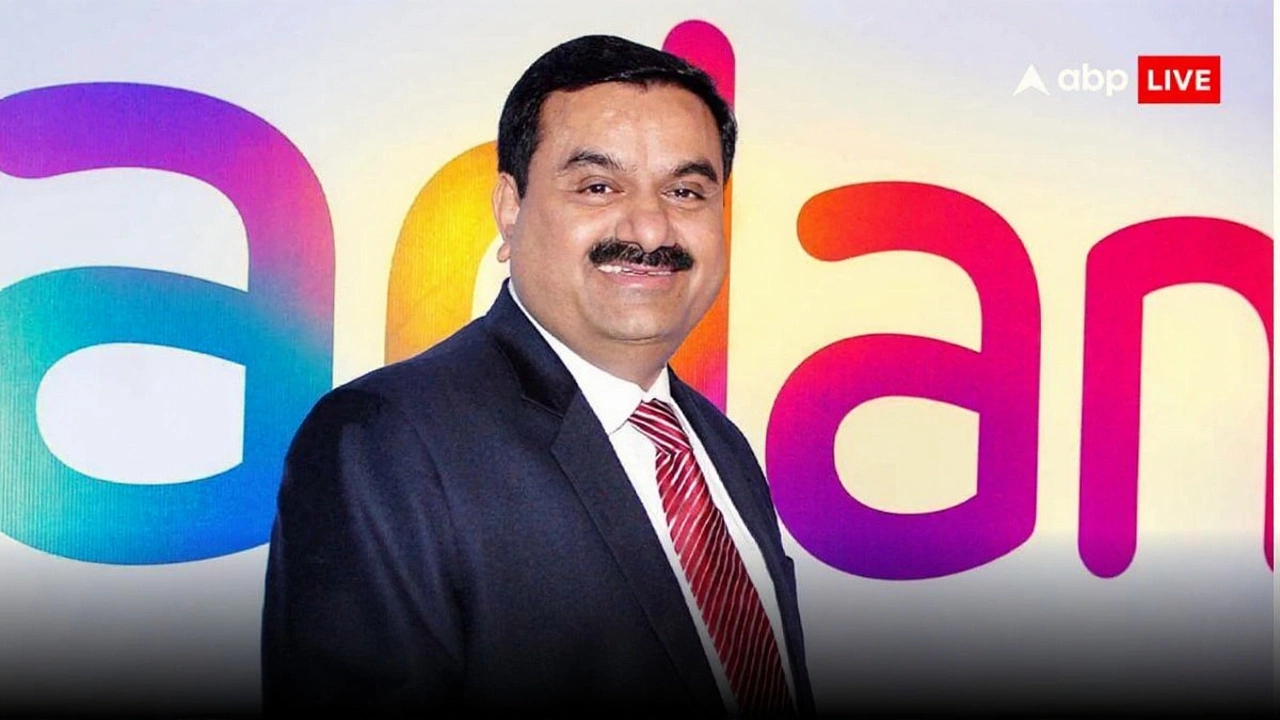When Anupam Mittal, founder and CEO of Shaadi.com posted on X that a "Ek Laakh Crore ki bhujiya? Kamaal hai India," the whole startup community stopped scrolling. The ex‑Shark Tank India judge was reacting to a deal that sent shockwaves through India’s FMCG arena: Temasek Holdings Private Limited snapped up a 9‑10% slice of Haldiram Snacks Foods Private Limited, pegging the snack‑king at a $10 billion valuation (≈₹8,500 cr). The agreement, sealed on March 11 2025, marks one of the biggest foreign cash infusions into Indian packaged‑food brands.
Background: From Bikaner Sweet Shop to Billion‑Dollar Empire
Founded in 1938 in Bikaner, Rajasthan by Ganga Bhishen Agarwal, Haldiram grew from a modest sweet stall to a pan‑India snack juggernaut. Today the company runs more than a dozen manufacturing hubs, ships to over 50 countries, and posted roughly ₹7,000 cr ($840 m) in revenue for FY 2024. Analysts point to a revenue multiple of 12‑13× as the basis for the $10 bn price tag – a multiple that would have seemed outrageous a decade ago.
Deal Mechanics: Who Paid What and Why
The bid war kicked off in early 2025. Temasek, Singapore’s sovereign wealth fund, emerged as the highest bidder after outmaneuvering rivals like Blackstone and Alpha Wave Global. Blackstone had initially been eyeing a 15% stake at an $8 bn valuation, but walked away when the promoter family refused to cede operational control.
Under the terms, Temasek paid roughly $850 m for its share, injecting fresh capital that the family plans to use for modernising plants and expanding the brand’s overseas footprint. Sources told The Economic Times that the promoter family is still mulling a further 5% sale, with both Blackstone and Alpha Wave re‑entering talks.

Reactions: From Boardrooms to Social Media
Mittal’s tweet instantly trended, sparking a flood of memes about "bhujiya" turning into "billion‑dollar bites." "It’s amazing how a simple snack can command such a massive figure," he wrote. Shaadi.com later posted an endorsement, citing the deal as proof that Indian consumer brands can compete on a global stage.
Industry veterans are equally bullish. Ramesh Sharma, senior partner at KPMG India, said, "Temasek’s move validates the premium investors are willing to pay for brands with deep domestic penetration and scalable supply chains." Meanwhile, the Indian Ministry of Commerce welcomed the investment, noting it aligns with the government’s push for greater foreign participation in the FMCG sector.
Market Impact: What This Means for Indian FMCG
The transaction sends a clear signal: family‑run snack houses are no longer off‑limits for large‑scale investors. Historically, many Indian FMCG giants—like Parle and Britannia—kept equity tightly within the founding families. With Temasek’s $37 bn exposure to India already in play (as of March 2024) and a pledged additional $10 bn over the next three years, the expectation is that more brands will open their books.
- Valuation multiples in FMCG are inching closer to those seen in tech, hovering around 12‑13× revenue.
- Foreign direct investment (FDI) in Indian consumer goods rose 18% YoY in Q1 2025, driven largely by Singapore and US‑based funds.
- Analysts project a 7% CAGR for the Indian snack market through 2030, buoyed by rising disposable incomes and urbanisation.
For competitors, the stakes are higher. Brands like Haldiram’s peers—Bikaji, Balaji—may now face pressure to either seek strategic partners or double down on organic growth to protect their market share.

Future Outlook: Beyond the Stake
Temasek isn’t just a passive investor. The fund plans to leverage its network to help Haldiram explore new product lines—think health‑focused snacks and plant‑based alternatives. The partnership could also accelerate the brand’s entry into untapped regions such as Africa and the Middle East, where demand for Indian flavours is on the rise.
On the flip side, the promoter family must balance growth ambitions with preserving the brand’s heritage. A misstep in global expansion could dilute the "home‑grown" appeal that has kept Indian consumers loyal for generations.
What’s certain is that the deal sets a new benchmark. If Temasek’s bet pays off, we might see a cascade of similar investments, reshaping the Indian FMCG landscape from a fragmented bazaar of family businesses into a more consolidated, globally‑linked sector.
Frequently Asked Questions
How does Temasek’s investment affect Indian snack consumers?
Consumers could see a broader product range, better packaging, and quicker rollout of new flavours as Temple’s capital fuels R&D and supply‑chain upgrades. Prices are unlikely to spike immediately, but premium offerings may emerge.
Why did Blackstone walk away from the Haldiram deal?
Sources say Blackstone wanted a say in day‑to‑day operations and board composition, which the promoter family rebuffed. Without that control, Blackstone deemed the investment misaligned with its private‑equity playbook.
What does the valuation mean for other Indian FMCG companies?
A $10 bn price tag raises the ceiling for similar brands. Companies with strong distribution and heritage may now command double‑digit revenue multiples, prompting them to consider strategic sales or partnerships.
Will the additional 5% stake sale likely include Blackstone?
Both Blackstone and Alpha Wave have re‑entered talks, but any new tranche will still hinge on the family’s comfort with ceding control. Expect a careful negotiation focused on governance safeguards.
How does this deal fit into Temasek’s broader India strategy?
Temasek aims to deploy an extra $10 bn in India by 2028, focusing on consumer, health and technology. The Haldiram stake gives the fund a foothold in a high‑growth segment and complements its existing holdings like Rebel Foods and Manipal Health.



